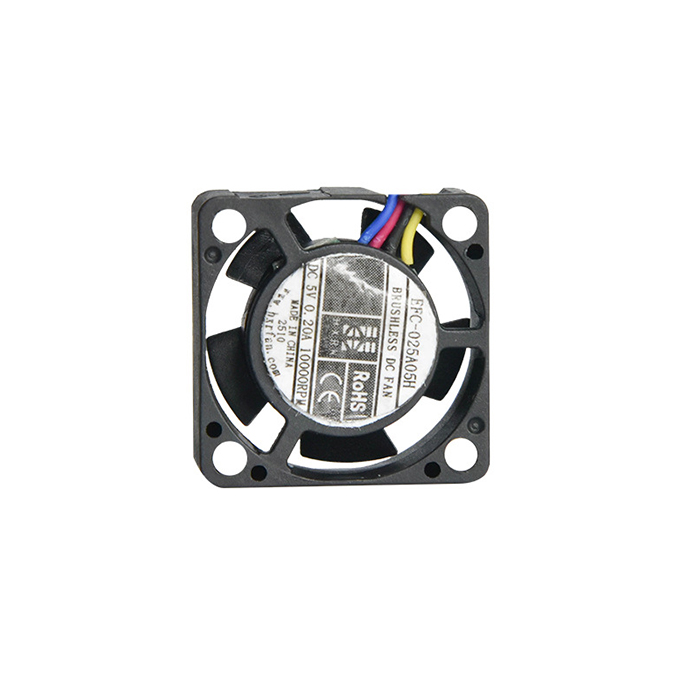An AC fan is a commonly used electrical device that circulates air indoors through a high-performance motor and air blades, thereby regulating temperature, reducing humidity, and purifying the air. AC fans are prone to various faults during long time use, so proper maintenance and troubleshooting skills are especially important. This article will introduce you to some of the AC fan maintenance and troubleshooting skills.
First, the maintenance of the AC fan
1. Regular cleaning: Regularly clean the dust and oil on the surface of the AC fan to maintain the hygiene of the fan surface. In the cleaning process, it is best to use a moist rag to wipe, avoid using water droplets sprayed directly on the fan surface.
2. Check the wiring: Check whether the wiring of the AC fan is loose or damaged. If the wiring is found to be loose or damaged, it should be tightened or replaced in a timely manner.
3. Lubricate: The bearings in the AC fan need to be filled with lubricant periodically to ensure normal operation of the fan. When filling the lubricant, care should be taken not to overfill, so as not to affect the rotation of the fan.

4. Regular replacement: the service life of the AC fan is generally 2-3 years, if you find that the rotation speed of the fan slows down, the noise increases, the air volume decreases, etc., you should replace the new AC fan in a timely manner.
Second, the AC fan troubleshooting
1. Power failure: AC fan power failure is one of the common failures. If you find that the AC fan can not start or start immediately after the stop, you should first check whether the power supply is normal. If the power supply is normal, the power supply circuit of the AC fan may be faulty, which needs to be repaired or replaced.
2. Overload protection triggering: AC fan overload protection triggering is also one of the common faults. If you find that the AC fan stops immediately after starting and the power indicator light flashes, it may be the overload protection trigger of the AC fan. At this time, you should check whether the load of the AC fan is too large, or whether there is a short circuit or other conditions.
3. Damaged fan blades: Damaged fan blades of AC fans are also one of the common failures. If you find that the airflow of the AC fan decreases and the noise increases, the fan blade may be damaged. In this case, the fan blades should be checked for cracks, deformation, etc. and replaced.
4. Damaged motor: Damaged motor of AC fan is also one of the common faults. If you find that the rotation speed of the AC fan slows down, the noise increases and the airflow decreases, the motor may be damaged. In this case, the motor should be checked for burnt or deformed parts and replaced.
5. Vibration and noise: AC fans may vibrate and make excessive noise during use. If the vibration and noise of the AC fan are found to be excessive, the fan blades should be checked for deformation, looseness, etc., and adjusted or replaced.
In conclusion, AC fan maintenance and troubleshooting requires certain skills and experience. During maintenance and troubleshooting, you should pay attention to safety to avoid electric shock and damage to the equipment. If you are not sure how to perform maintenance and troubleshooting, you can seek help from professional maintenance personnel.